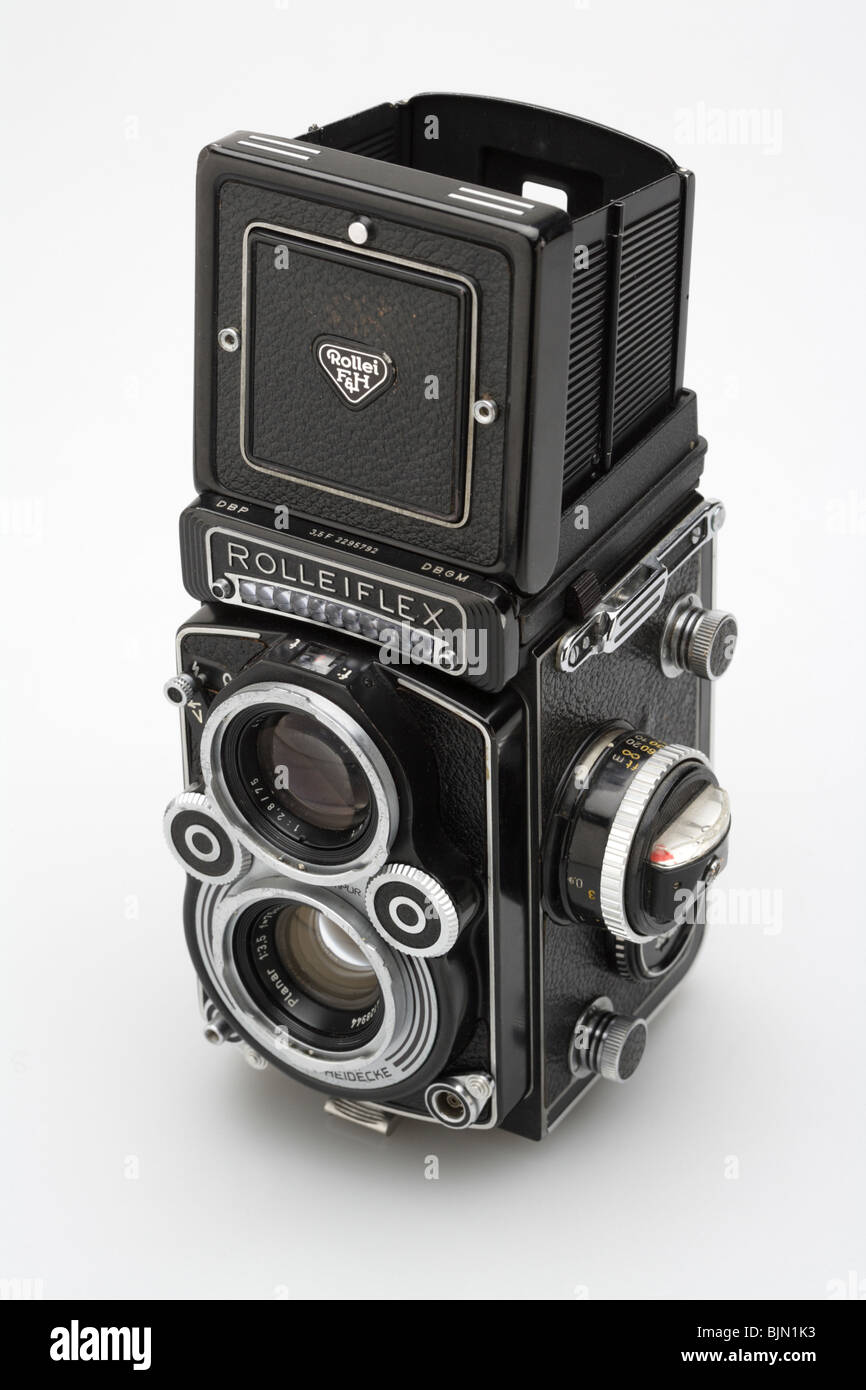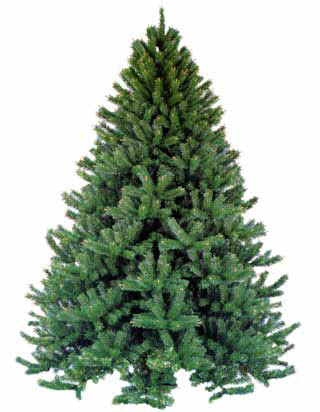
This camera was a terrestrial photogrammetric camera dedicated to the Airbus aircrafts industry, they needed exact images about the airplane fuselage parts to preview the way they would match because these parts were manufactured in different countries. Wester-Ebbinghaus (photogrammetric parameters) and engineer Claus Prochnow (mechanical and electronic construction) from Rollei. The Rollei LFC camera was designed and built by Dr. Halogen lamps could only be used via a conversion work, during lasts years of P-11 manufacture there was a dedicated 400 watts halogen lamp, but they are no longer available, it's more easy to find a new old stock lamp (images taken with a digital P&S camera, click on thumbnails). It uses G17 q 4 feet base lamps, 300 watts for normal projection and 500 watts for large rooms projections (it requires an additional heat filter included in the P-11 case). The P-11 can use several lenses manufactured for the 74 Tube, including those made for newer Rollei MF projectors the P-11 in the images is provided with a Vario- Heidosmat 3,5/110mm-160mm made by Isco, it allows to vary the projected image size without to move the projector.


It can project 24x36mm, 4x4cm and 6圆cm slides, it is provided with a remote control for the slides change and lens focusing.

The Rollei P-11 projector (images below) was manufactured from September 1960 to the ending of 1978 in Braunschweig, Germany, by F&H, it had a few minor changes during the production, about 76200 units were made. The image above shows the Rolleinar set, click on the thumbnail, it was taken with a little P&S digital camera, a Benq with Pentax digital zoom. I couldn't find a detail to say someone inserted a Rolleinar 1 glass in a Rolleinar 3 ring, perhaps I could be wrong about it, or perhaps someone made an error at factory (this is my main guessing), but I don't know really. I discovered I have a true Heidosmat Rolleinar 3, but a Rolleinar 1 taking lens glass with a ring engraved "Rolleinar 3" !!. I verified that the focusing range for the Rolleinar Heidosmat auxiliary lens for the camera viewing lens was within the Rolleinar 3 range, 24 to 32 cm (9.45" to 12.60"), but the Rolleinar 3 auxiliary lens (for the camera taking lens) focusing range was within the Rolleinar 1 focusing range, 45 to 100 cm (17.70" to 39.37") !!. After some tests, I found a big difference focusing identical subject from identical distance according I used the Heidosmat Rolleinar (viewing lens) and the Rolleinar 3 lens (for the camera taking lens) on the camera viewing lens, this difference couldn't exist for a regular Rolleinar TLR set, the focusing must be identical for both auxiliries lenses. (Click on the thumbnail above)I bought a Rolleinar 3 BIII some weeks ago ( ), I took images using the set, they were out of focus where they looked in focus through the viewfinder ground glass and they were in focus where they looked out of focus through the viewfinder ground glass. Several new or improved lenses were introduced for the SL66 along the years during the SL 66 decades of production, however something was wrong for the CZ Planar f2/120mm HFT it had 7 elements, 5 groups, 36º image angle diagonally, f stops from 2 to 16, 86mm screw -in filters and the weight was 810 grams, it was thought for sports, stage and theatre, etc.

Facts are that this lens is not mentioned in the lenses program for the SL66 E, SL66 SE and SL66 X, cameras made from 19. Mannheim in his book "The Rolleiflex SL66 and SLX way" written and published at the time too, however it seems this lens was never manufactured for the market, something happened that only a prototype is known today and brochures and description are based on this prototype very probably.
ROLLEIFLEX 2.8 3.5 SOUVENIR CHRISTMAS TREE MANUALS
The short tele Carl Zeiss Planar f2/120mm HFT for the Rolleiflex SL66 (above) was included in the HFT lenses program about 1972/1973 and appeared in brochures and SL66 instruction manuals at the time, it also was described by L.A.


 0 kommentar(er)
0 kommentar(er)
